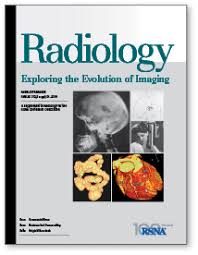PURPOSE:
To evaluate contrast agent-enhanced harmonic ultrasonographic (US) imaging and Doppler hemodynamics during acute urinary obstruction.
MATERIALS AND METHODS:
In 12 piglets, the distal ureter was obstructed for 60 minutes, followed by intravenous injection of furosemide. In six piglets, ureteral pressure was further elevated to mean arterial pressure, and in six other piglets ureteral obstruction was released. Contrast-enhanced harmonic imaging was performed, and interlobar resistive index (RI) and renal blood flow were determined at baseline and during each experimental condition. A bolus injection curve was constructed by plotting mean pixel intensity versus time, and the area under this normalized curve was compared with renal blood flow values.
RESULTS:
Ureteral obstruction and high ureteral pressure reduced cortical renal blood flow to 88% and 66%, respectively, of baseline values. Administration of contrast agent resulted in marked homogeneous enhancement of the renal cortex. The area under the curve diminished during ureteral obstruction and correlated well with mean cortical blood flow. RI correlated well with renal perfusion pressure but poorly with changes in renal blood flow.
CONCLUSION:
Contrast-enhanced harmonic US imaging depicts changes in renal blood flow during acute obstruction. Interlobar RI is a good predictor of renal perfusion pressure but not of changes in renal blood flow.


